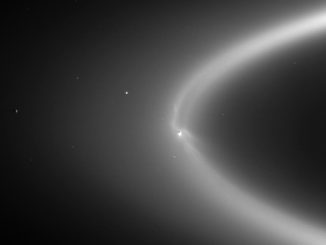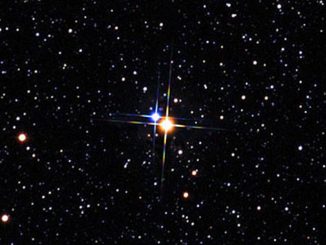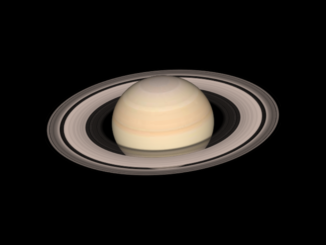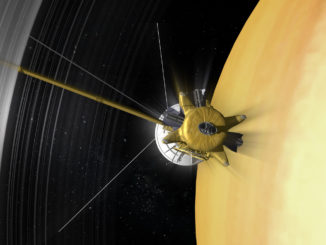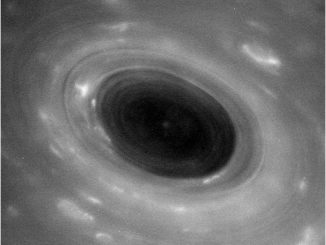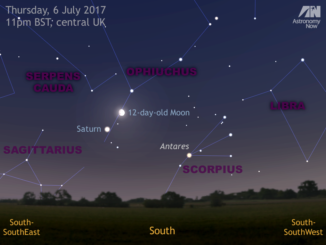
See the Moon meet the ringed planet on the night of 6—7 July
Skywatchers in the UK and Western Europe should cast their gaze low in the southern sky late into the evening of Thursday 6 July to see the 12-day-old waxing gibbous Moon in conjunction with ringed planet Saturn. The pair are separated by just 3½ degrees, nicely framed in a typical 10×50 binocular. For telescope users, the night of 6—7 July is also good for spotting Saturn’s bright moons. We show you what to look for and where.

